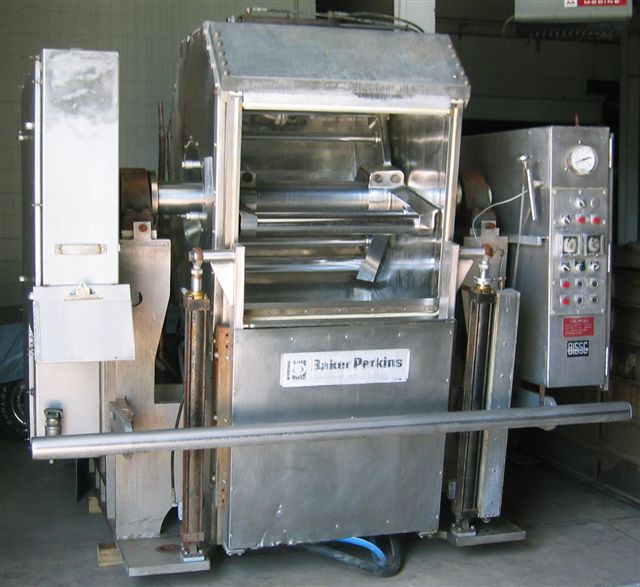Octavio38
Specifier/Regulator
- Oct 5, 2013
- 2
Hello, I have seen a machine that can round bread dough very easily and dont undestand how the movement is achieved.
Watch these videos please:
As you can see, there are 2 drums that turn at the same time, one outer, one inner. The inner drum's movement is what I cant figure out. In my opinion it turns at the same rate and direction as the outer drum, but not only does that, also there is another movement, a "circular" movement around the longest axis, that moves the dough pieces around the edges of the outer drum.
My question is how that circular movement of the inner drum is produced?
Watch these videos please:
As you can see, there are 2 drums that turn at the same time, one outer, one inner. The inner drum's movement is what I cant figure out. In my opinion it turns at the same rate and direction as the outer drum, but not only does that, also there is another movement, a "circular" movement around the longest axis, that moves the dough pieces around the edges of the outer drum.
My question is how that circular movement of the inner drum is produced?


